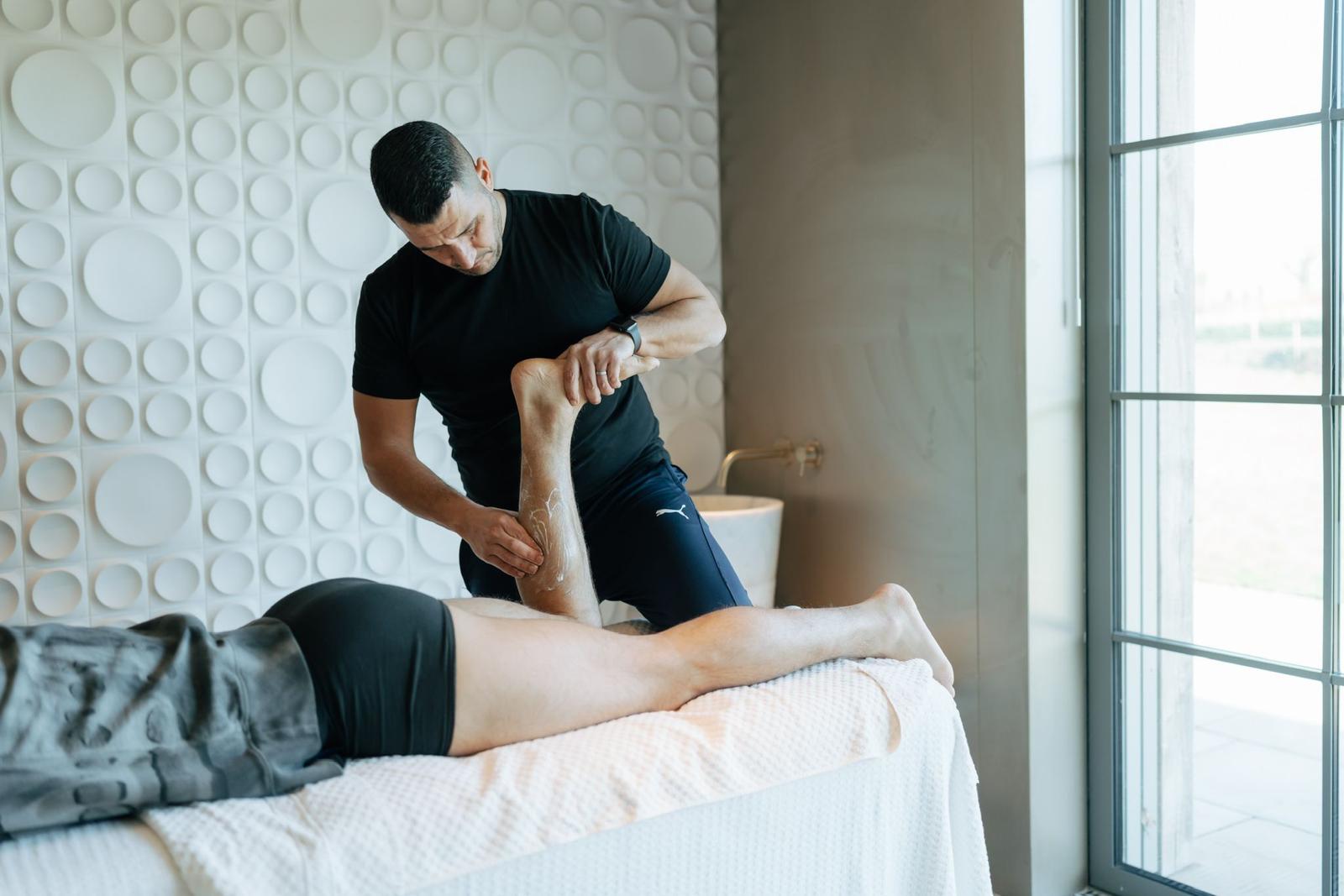Diagnosis, Recovery, Health
Kensington Physio has been delivering expert care to the people of West London for over 30 years and now looks after patients in High Street Kensington, South Kensington, Notting Hill, and Langley Park Golf Club in Beckenham. We are covered by most insurance companies and welcome private paying clients. Our dedicated team will provide you with the right package of care for you to achieve your goals within Recovery and Health.

See the clinic
Watch our clinic in 60 seconds
A short highlight reel of our physios in action.
Recognised by the UK's most respected insurance providers
Verified Reviews

"At Kensington Physio, our mission is to provide personalised care and help our patients achieve their optimal health and performance."

Our Company
Leading Physiotherapy in West London since 1992
Welcome to Kensington Physio & Sports Medicine. We are a group of practices in Central and South East London, including High Street Kensington, South Kensington, Notting Hill, and Langley Park in Beckenham. To book an appointment, call us on 020 7603 0040. We have a long, proud history of treating and rehabilitating patients in the local area back to full health.
Our team of clinicians are all highly skilled in delivering some of the best physiotherapy that is currently on offer in London. We believe foremost in an accurate diagnosis to ensure that you understand your injury, and secondly, in a thorough treatment and rehabilitation plan to keep you motivated and on-track to full fitness and health. The combination of manual therapy and exercise that we offer is crucial to you getting the most out of your treatments with us and regaining your full function once again.
- Founded
- 1992
- Experts
- 17
- Locations
- 4
- Patients
- 17,400+
“Highly Recommended”
“I had several physio sessions after my hip replacement operation. Her expert advice and evident in-depth knowledge made all the difference to my recovery.”